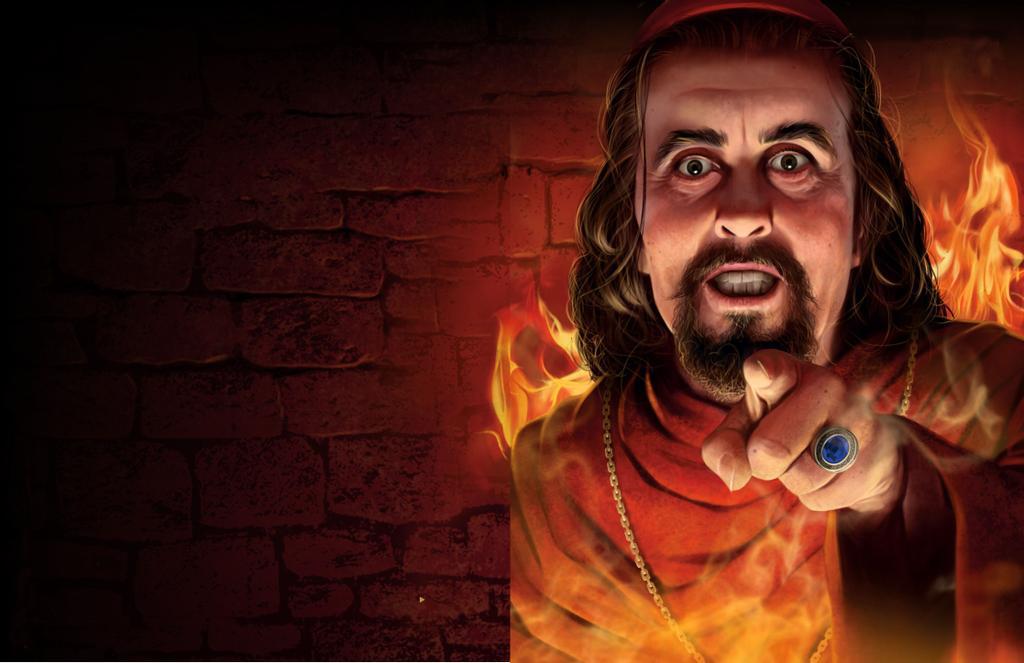HERETIC HUNTERS

It is a Sunday in 1481 and you have just been to church. After the celebration of the mass a sermon is read out. The message of the priest is clear – every sinner in town has 30 days grace to come forward and confess their sins. If you fail to confess you may find yourself tied to a stake, screaming in agony as the flames lick up your scorching flesh. Everyone has been warned. If you’re a sinner, a heretic, or are simply deemed suspicious then you should expect a call from the Spanish Inquisition.
FOUNDING THE TERROR
The Iberian Peninsula of the 15th century was not unified under Spain as it is today. Nor was it wholl Christian. In the early 8th century the Umayyad Caliphate conquered the Visigothic kingdom of Hispania and controlled almost the entire Iberian Peninsula. For over 700 years there would continue to be sovereign Islamic states there.
Spain under the Muslims was known as al-Andalus and it became one of the foremost centres of learning in Europe. Scholarship flourished and many Christians travelled there to learn. Because many Greek texts were lost in Europe but had been preserved in Arabic translations there was much that could be learned in al-Andalus that was otherwise unavailable.
The French scholar Gerbert of Aurillac in the 10th century learned mathematics and science in al-Andalus. He reintroduced the abacus and armillary spheres to Europe and encouraged study of Greek and Arabic texts. When Gerbert was elected to the papacy as Sylvester II, however, some saw his Arabic education as a sign of devilry. He was suspected of witchcraft – some said his vast knowledge was derived from a brazen head automaton that he could consult by using magic. Suspicion between faiths was common at the time.
Yet in al-Andalus Muslims, Jews, and Christians managed to coexist in relative peace.
You’re reading a preview, subscribe to read more.
Start your free 30 days